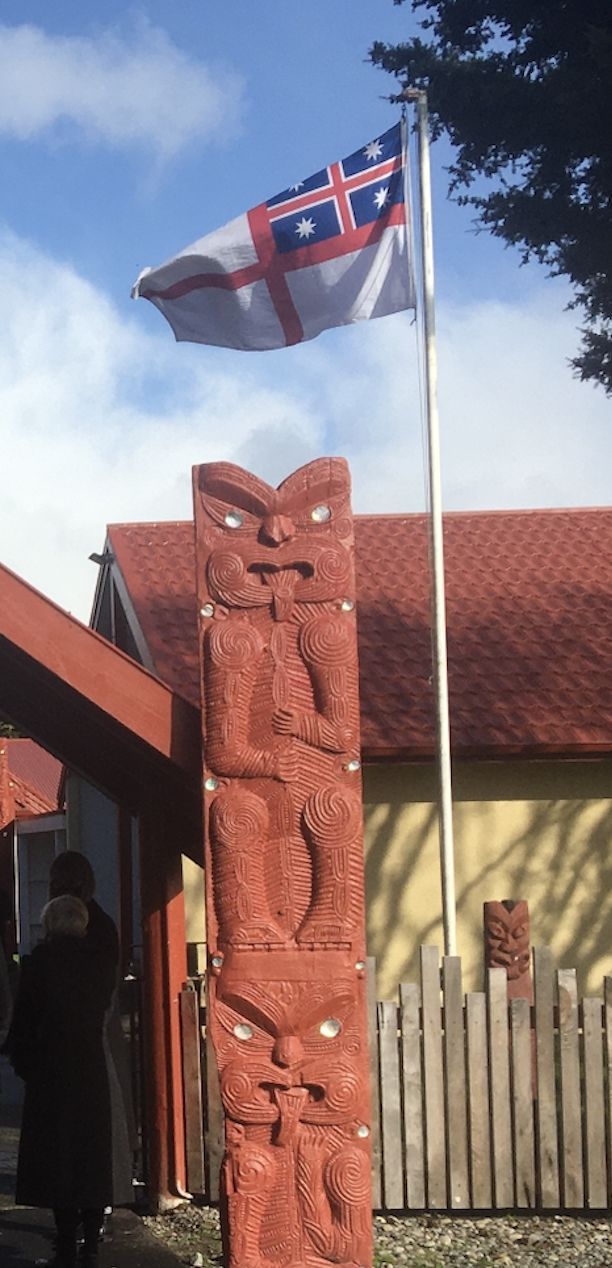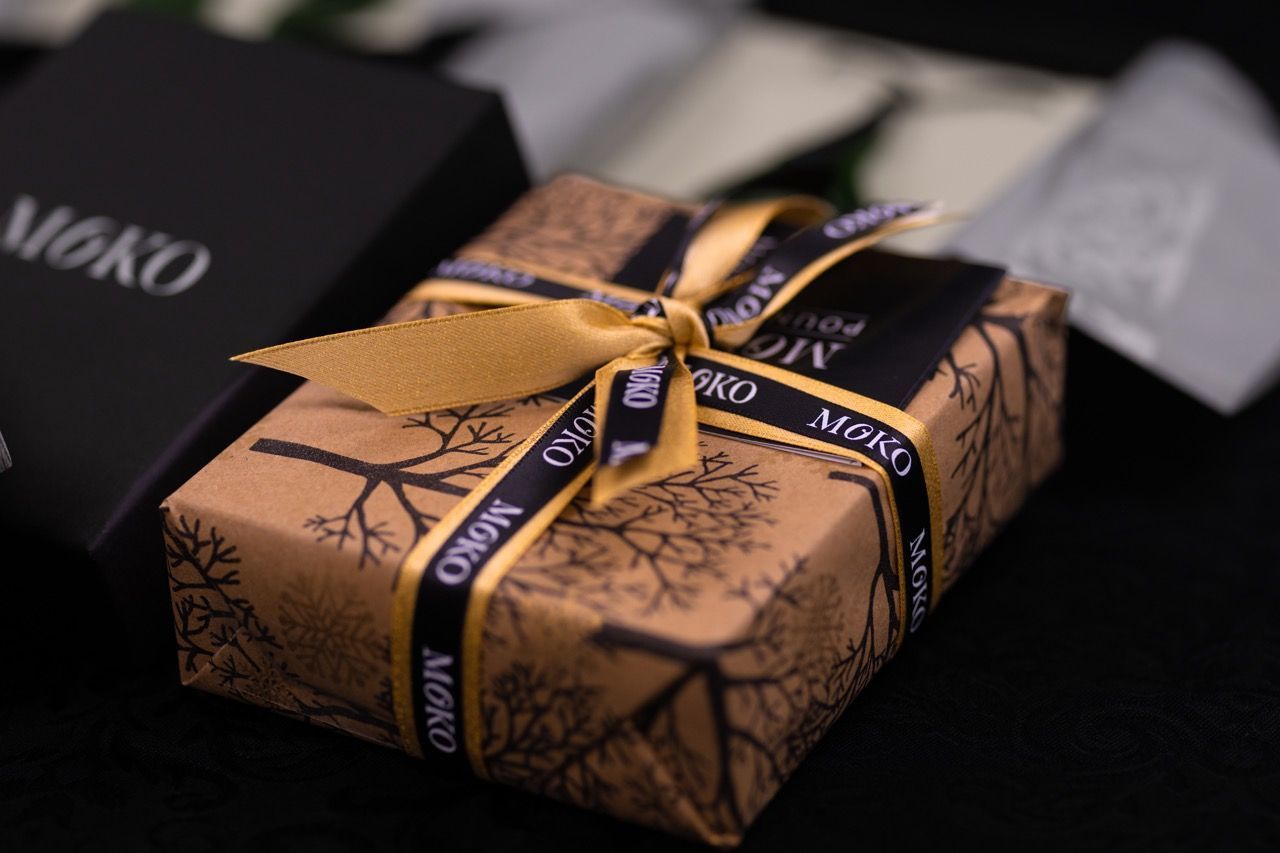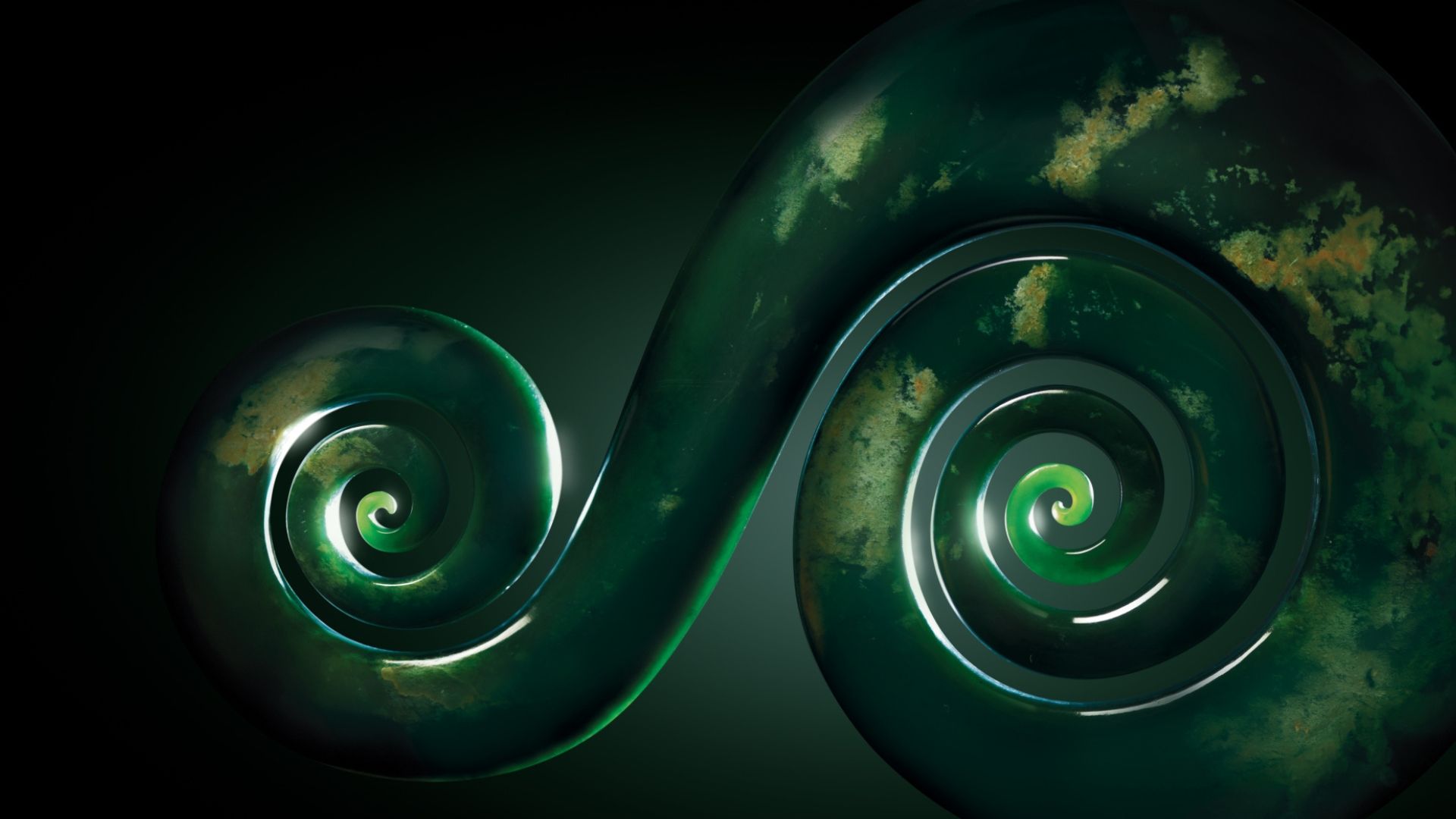
Design Elements of the Māori Carving Arts: Toi Whakairo
NGĀ AHUATANGA HOAHOA
O TE TOI WHAKAIRO, PART I
Ben Brown. October 2022.

Before literacy, Māori communicated knowledge through Art. Oral traditions are considered art forms; of story, proverb; song and incantation.
Kōrero, pūrākau, whakatauki, pepeha, tauparapara, karakia, takutaku, whakapapa, pakiwaitara, waiata and haka. These are oral traditions that navigated Te Moananui-a-Kiwa;
The Pacific Ocean, enabling settlement here in Aotearoa and the institution of Whare Wānanga - Houses or Places of Knowledge and learning.
The Visual Arts of Māori were also carriages of knowledge extending from all the twelve heavens down to Te Rerenga and the underworld, ki ngā hau e wha, to the four winds.
And even beyond, to the past, the future, the spiritual realm, to Te Pō and further still, to Te Kore - the absolute Nothingness of infinite potential. Toi Whakairo - the carving arts - can be observed in virtually every aspect of traditional Māori society and arrangement adorning both the great and the mundane with symbolism, meaning and spiritual utility.
Kōrero, pūrākau, whakatauki, pepeha, tauparapara, karakia, takutaku, whakapapa, pakiwaitara, waiata and haka. These are oral traditions that navigated Te Moananui-a-Kiwa;
The Pacific Ocean, enabling settlement here in Aotearoa and the institution of Whare Wānanga - Houses or Places of Knowledge and learning.
The Visual Arts of Māori were also carriages of knowledge extending from all the twelve heavens down to Te Rerenga and the underworld, ki ngā hau e wha, to the four winds.
And even beyond, to the past, the future, the spiritual realm, to Te Pō and further still, to Te Kore - the absolute Nothingness of infinite potential. Toi Whakairo - the carving arts - can be observed in virtually every aspect of traditional Māori society and arrangement adorning both the great and the mundane with symbolism, meaning and spiritual utility.
Many of these symbols and motifs are also reflected in Kōwhaiwhai; the stylised and
decorative painted patterns you see expressed and realised in the carved houses in
concert with toi whakairo, in turn adding their narrative and symbolism to the ever
unfolding of story.
Wood, stone, bone, ivory, shell and human skin were the mediums of carving. You’ll see
the symbols ,motifs and traditional design elements associated with whakairo to a greater
or lesser degree expressed across the full spectrum of human activity and engagement.
Carving adorns houses of mana, implements, structures and buildings of importance,
Pātaka, Pouwhenua, weapons of war, gateways and door lintels, places of transition. But
also, combs and fish hooks and calabashes and digging sticks for the gardens have motifs
and highlights of adornment and decoration. With Pounamu; when added to the
emblematic power of the toki, the matau, the pikorua and koru for example; the mana,
tikanga and traditions that emanate from toi whakairo only add to the enigmatic and
aesthetic qualities present within the stone and its rendered form.
Waka taua, the war canoe, and the Wharenui or Whare Whakairo will reveal the highest expressions of Toi Wakairo elaborating both the skills of tohunga whakairo, the carvers and the stories, traditions and ancestries associated with the people of the house and the waka. Also the faces and bodies of men and women of immense mana and importance, they too will be incised in spiral and other curvilinear motifs, as well as particular designs drawn from the waters, the forests and even the stars invoking lineage, leadership, life achievements and loss. Themes of vitality, energy and defiance resolve to invocations of health and well being, fertility, growth and renewal. References to the natural world and all its resources abound, reminding the people of the value and importance of proper and respectful engagement with the environment around us, our provider.
The constant is the human aspect in shape and spirit, so defining the fundamental design element within Toi Whakairo; the human body. The human form. Manaia, Tiki and Tekoteko. The representation of tūpuna - the ancestors that we see in the poupou of the wonderful carved houses on Mārae. Whereon the various tools and components, the symbols, motifs of Māori design have been brought to bear, to elaborate, adorn, decorate and inform the people, offer comfort and opportunities to grieve, reflect, and remember. It should be noted here that this human aspect also brings with it a mauri, an existential essence, a life force felt by the people related by whakapapa to these works of great mana and immutable presence.
Ben Brown. October 2022
Waka taua, the war canoe, and the Wharenui or Whare Whakairo will reveal the highest expressions of Toi Wakairo elaborating both the skills of tohunga whakairo, the carvers and the stories, traditions and ancestries associated with the people of the house and the waka. Also the faces and bodies of men and women of immense mana and importance, they too will be incised in spiral and other curvilinear motifs, as well as particular designs drawn from the waters, the forests and even the stars invoking lineage, leadership, life achievements and loss. Themes of vitality, energy and defiance resolve to invocations of health and well being, fertility, growth and renewal. References to the natural world and all its resources abound, reminding the people of the value and importance of proper and respectful engagement with the environment around us, our provider.
The constant is the human aspect in shape and spirit, so defining the fundamental design element within Toi Whakairo; the human body. The human form. Manaia, Tiki and Tekoteko. The representation of tūpuna - the ancestors that we see in the poupou of the wonderful carved houses on Mārae. Whereon the various tools and components, the symbols, motifs of Māori design have been brought to bear, to elaborate, adorn, decorate and inform the people, offer comfort and opportunities to grieve, reflect, and remember. It should be noted here that this human aspect also brings with it a mauri, an existential essence, a life force felt by the people related by whakapapa to these works of great mana and immutable presence.
Ben Brown. October 2022




